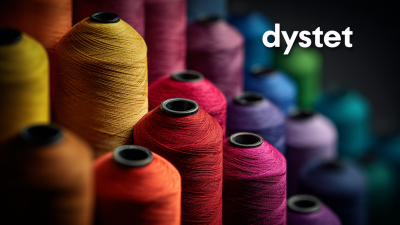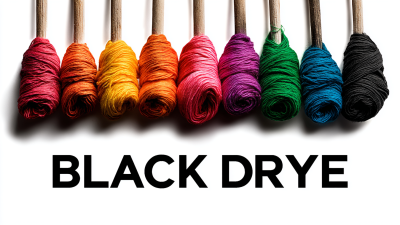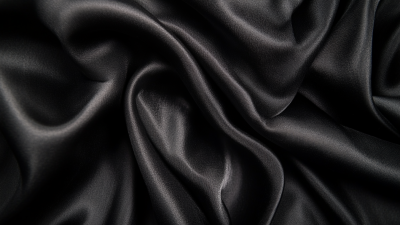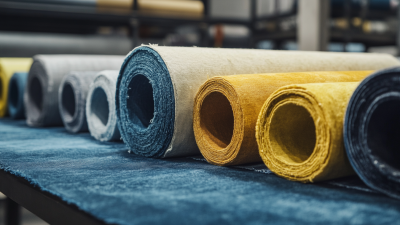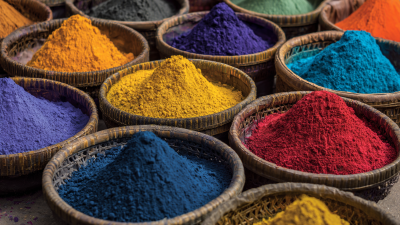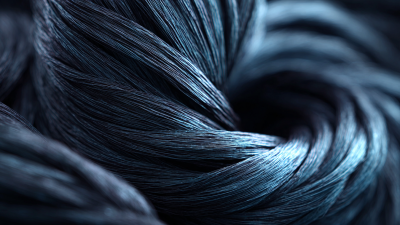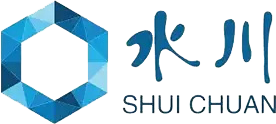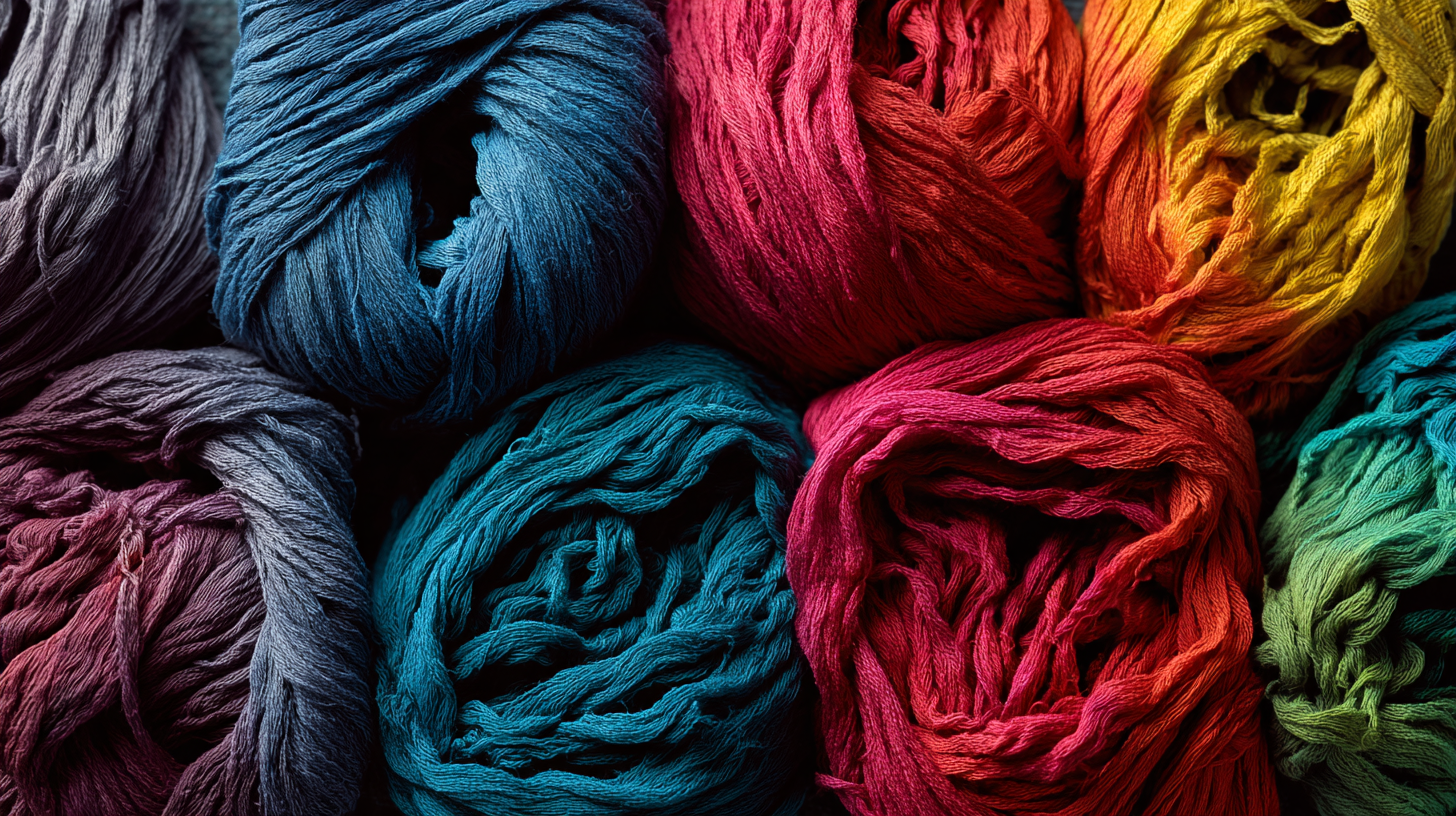 The selection of appropriate cationic dyes is crucial in the textile industry, as these dyes play a vital role in achieving the desired aesthetic and functional properties of fabrics. According to a report by Market Research Future, the global textile dye market is projected to reach USD 3.69 billion by 2025, with cationic dyes gaining traction due to their favorable properties such as bright coloration, wash fastness, and compatibility with various types of fibers like acrylic and polyester. Furthermore, the growing demand for eco-friendly dyes in response to stringent environmental regulations highlights the need for brands to choose cationic dyes that not only meet performance standards but also comply with sustainable practices. Thus, understanding how to select the right cationic dyes for specific textiles is essential for manufacturers aiming to enhance product quality and customer satisfaction in an increasingly competitive marketplace.
The selection of appropriate cationic dyes is crucial in the textile industry, as these dyes play a vital role in achieving the desired aesthetic and functional properties of fabrics. According to a report by Market Research Future, the global textile dye market is projected to reach USD 3.69 billion by 2025, with cationic dyes gaining traction due to their favorable properties such as bright coloration, wash fastness, and compatibility with various types of fibers like acrylic and polyester. Furthermore, the growing demand for eco-friendly dyes in response to stringent environmental regulations highlights the need for brands to choose cationic dyes that not only meet performance standards but also comply with sustainable practices. Thus, understanding how to select the right cationic dyes for specific textiles is essential for manufacturers aiming to enhance product quality and customer satisfaction in an increasingly competitive marketplace.
When selecting cationic dyes for different textile fibers, several key factors must be taken into account to ensure optimal dyeing results. First, the compatibility of the dye with the fiber type is crucial. Cationic dyes are particularly effective on synthetic fibers such as acrylic, nylon, and polyester, as these materials possess positive charges that attract the dye molecules. Therefore, understanding the fiber content of your textiles can guide you toward the most appropriate dye selection.
Additionally, the desired color fastness and shade vibrancy should influence your choice. Different cationic dyes offer varying levels of color stability and richness. It’s important to evaluate how well the dye performs against factors such as washing, light exposure, and abrasion, especially for items subjected to frequent use. Moreover, the dyeing process itself can also affect the final outcome; considering factors like dye concentration, temperature, and time will help in achieving consistent and vibrant results. By carefully assessing these parameters, you can choose the right cationic dyes that not only enhance the aesthetics of your textiles but also maintain their quality and durability.
When selecting cationic dyes for textiles, understanding their performance on synthetic versus natural fibers is crucial. Cationic dyes tend to show enhanced affinity for synthetic fibers like polyester and polyamide due to the positive charge of the dye molecules, which interact well with the negatively charged functional groups on these fibers. Recent studies indicate that multi-component fabrics, combining natural silk and man-made fibers, present a promising avenue for achieving high-quality textile coloration. The interplay between the dye molecules and these fibers can be further optimized using bio-based acids to enhance dye interaction, resulting in richer and more sustainable coloration outcomes.
On the other hand, natural fibers like cotton and wool exhibit different dyeing behaviors when exposed to cationic dyes. Research highlighting the interaction of cationic polymers with these fibers suggests that treatments using compounds such as polyethyleneimine can improve dye absorption and fixation. Furthermore, innovations in using eco-friendly agents like lignin nanoparticle colloids for natural fabrics have emerged as environmentally friendly alternatives for dyeing. The comparative performance of cationic dyes on synthetic versus natural fibers underscores the importance of selecting the right dye and treatment processes to achieve optimal results in textile coloration.
Environmental regulations play a crucial role in shaping the use of cationic dyes in the textile industry, as these dyes can pose significant challenges to environmental sustainability. According to recent reports, the discharge of untreated textile wastewater, which often contains harmful cationic dyes, has become a pressing public health concern. Studies indicate that such dyes not only pollute aquatic ecosystems but also contribute to serious health issues for humans when they enter the water supply. In fact, the textile sector is one of the largest contributors to global dye pollution, making the implementation of stringent regulations pivotal for reducing its environmental footprint.
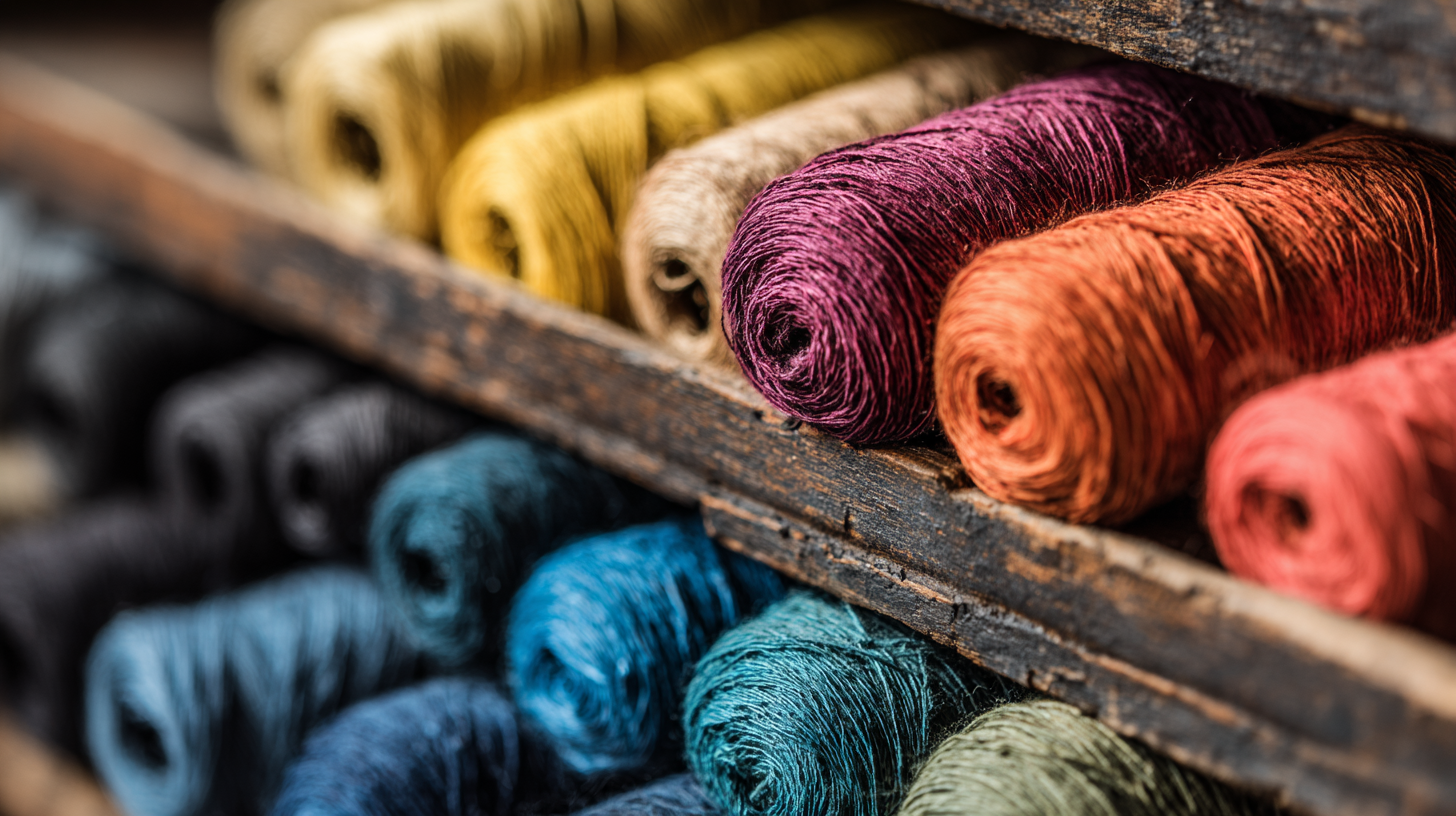
To mitigate these issues, innovative methods for dye removal and wastewater treatment have been developed. For instance, advanced adsorption techniques utilizing various natural and modified adsorbents, such as montmorillonite and biomass materials, have shown promise in effectively removing cationic dyes from effluents. Research illustrates that the application of photocatalysis serves as a pre-treatment method, potentially enhancing the degradation of toxic dye pollutants before they are discharged into the environment. As regulatory bodies continue to impose tighter restrictions on synthetic dye usage, the industry must pivot towards more sustainable practices that align with eco-friendly principles while meeting consumer demand for vibrant textile colors.
When selecting cationic dyes for your textiles, it's vital to conduct a thorough cost analysis to ensure you're not only adhering to your budget but also maintaining quality and performance. Cationic dyes often come with varying price points depending on their purity, shade intensity, and compatibility with different fabrics. Understanding these factors can help you avoid overspending while still achieving vibrant and lasting colors.
Tips for budgeting effectively include comparing prices from multiple suppliers and considering bulk purchasing options, which can significantly reduce the cost per unit. Additionally, it’s beneficial to assess the dye's performance on your specific textiles to avoid the expense of dyes that don’t meet your needs. Investing time in research will pay off in the long run, as the right cationic dye can enhance the appearance of your textiles and prolong their life, ultimately saving you money.
Moreover, consider the environmental impact of the dyes you choose. Some options, while potentially higher in upfront costs, offer better performance and lower environmental compliance costs. Sustainable cationic dyes can often meet your quality standards and reduce long-term expenses related to waste management and regulatory compliance. Balancing these considerations will lead to better financial decisions in your dyeing process.
The realm of cationic dyes has witnessed significant innovations that enhance color fastness and uptake, addressing common challenges faced in textile dyeing. Recent advancements indicate that newer formulations of cationic dyes offer improved bonding capabilities with synthetic fibers, ensuring that the dye molecules are more securely anchored. This not only elevates the vibrancy of the colors but also contributes to their longevity, resisting fading even after multiple washes.
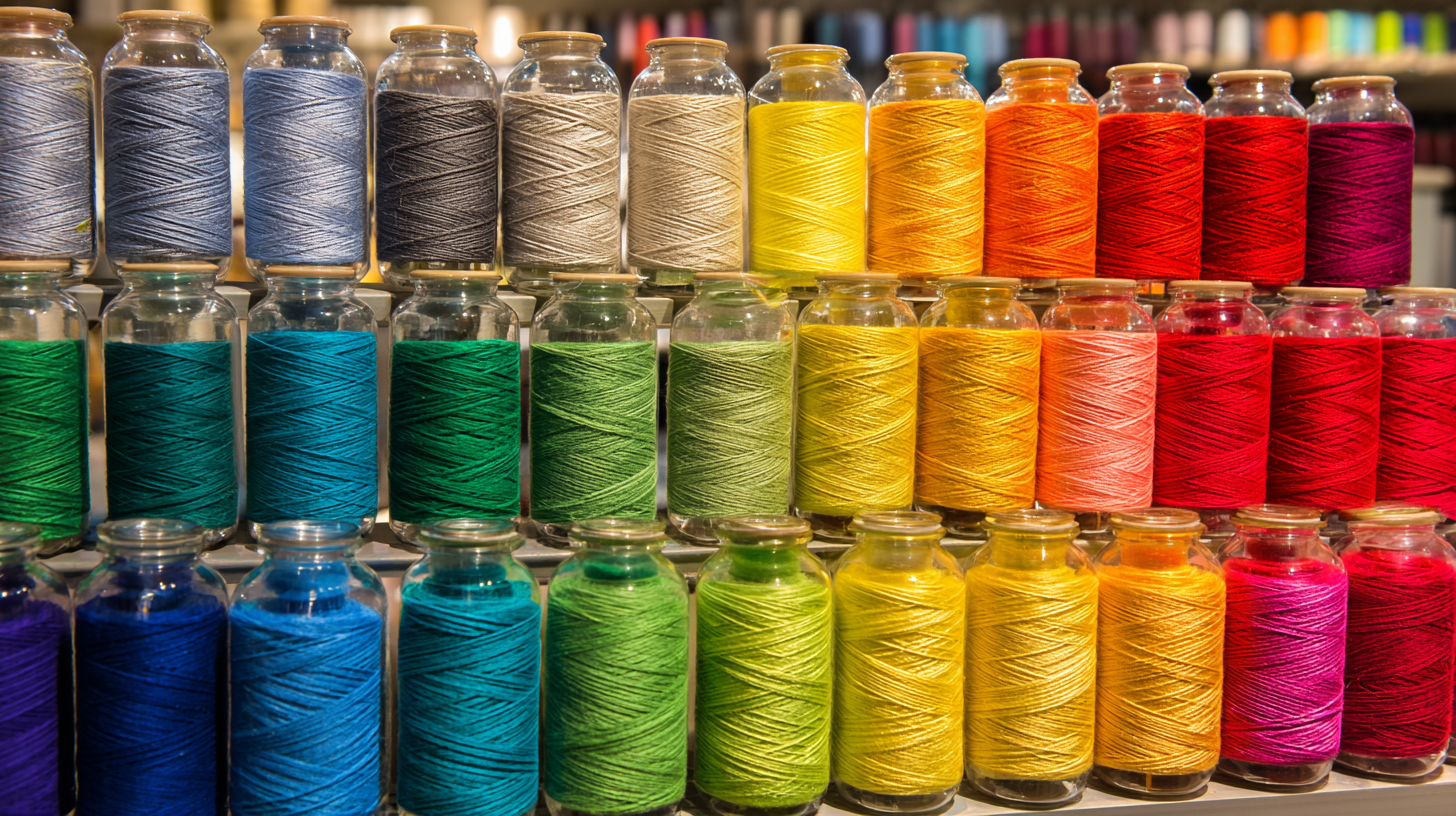 Moreover, the development of modified cationic dyes now allows for
better penetration into the fiber matrix, improving dye uptake. This advancement is particularly beneficial for manufacturers seeking to
produce high-quality dyed textiles that meet consumer demands for durability and aesthetic appeal. The integration of eco-friendly components
into these dyes has also become a focal point, aligning dyeing processes with sustainable practices while achieving exceptional results in
color intensity and fastness.
Moreover, the development of modified cationic dyes now allows for
better penetration into the fiber matrix, improving dye uptake. This advancement is particularly beneficial for manufacturers seeking to
produce high-quality dyed textiles that meet consumer demands for durability and aesthetic appeal. The integration of eco-friendly components
into these dyes has also become a focal point, aligning dyeing processes with sustainable practices while achieving exceptional results in
color intensity and fastness.
